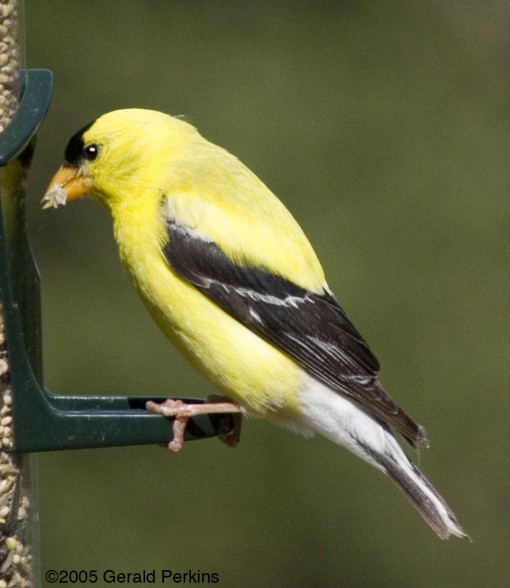
Birds of the Lower Dungeness River Riparian Forest
The riparian forest of the lower Dungeness River (defined as the region downstream from the Dungeness Fish Hatchery, or the lower 10.5 river miles) provides wonderful habitat for a wide variety of birds. The lower Dungeness is relatively unique because it has an unbroken mix of mature coniferous and deciduous trees for several miles, including thickets of various shrub and tree species that provide excellent protection for small birds. Because of the quality and extent of this habitat, the lower Dungeness forest has been officially designated an Important Bird Area by the Audubon Society.
The riparian forest is probably most important as breeding habitat for songbirds, not only for species that remain throughout the year, such as Song Sparrows and Spotted Towhees, but also for migrants that travel thousands of miles from their wintering areas, such as Wilson’s Warblers and Pacific-slope Flycatchers. Some of these travelers are known as “Neotropical migrants” because they annually fly between here and the Neotropical zone in Central and South America. Some of the longest-distance migrants that breed in the Dungeness forest include Swainson’s Thrushes and Yellow Warblers, both of whom may winter as far south as Peru and Brazil. Not coincidentally, these species are also among the last to arrive in the spring and the first to depart in late summer.

